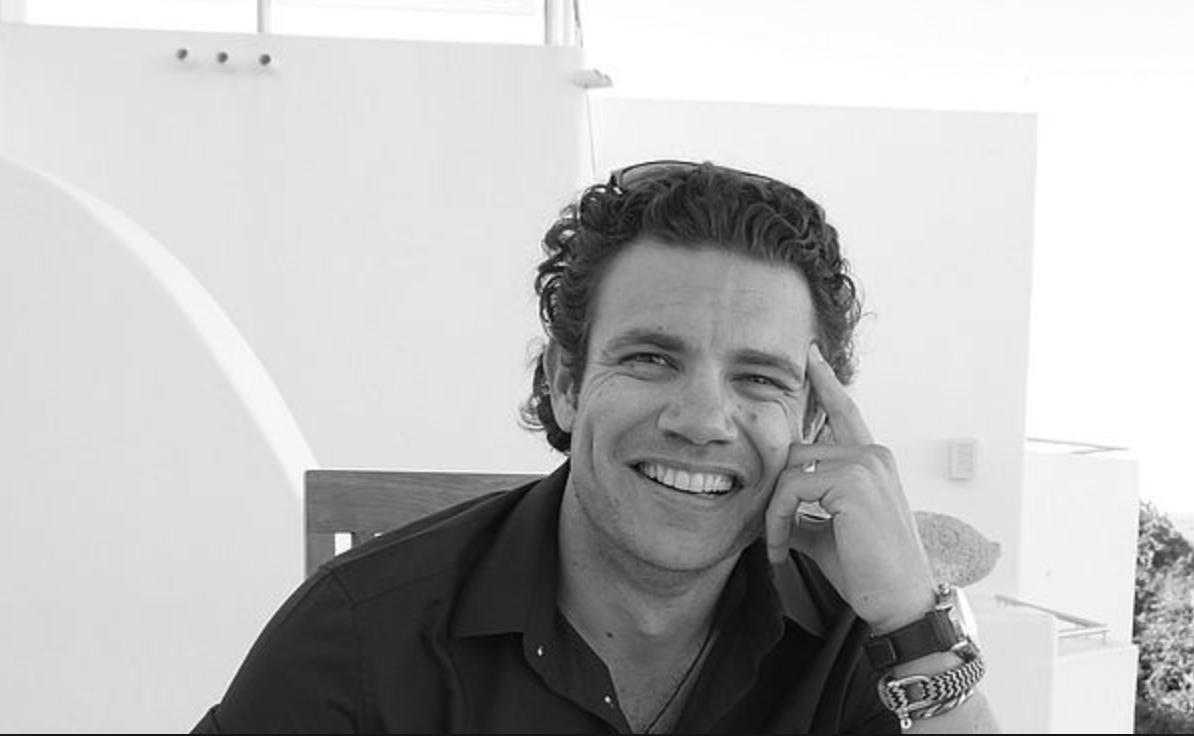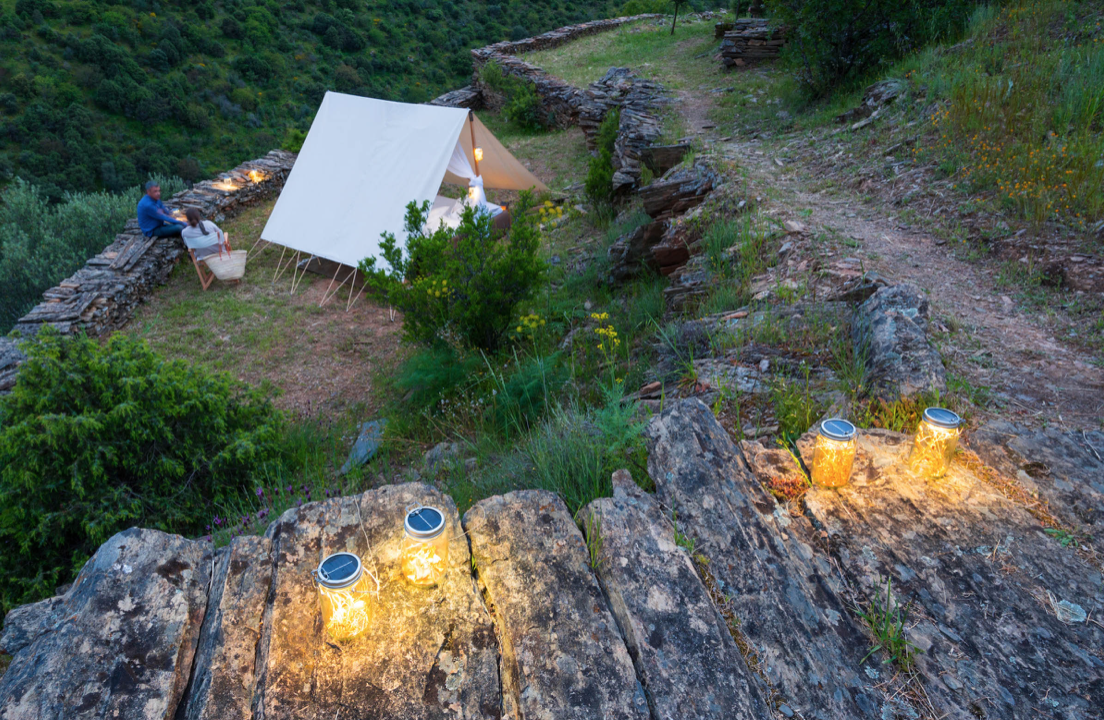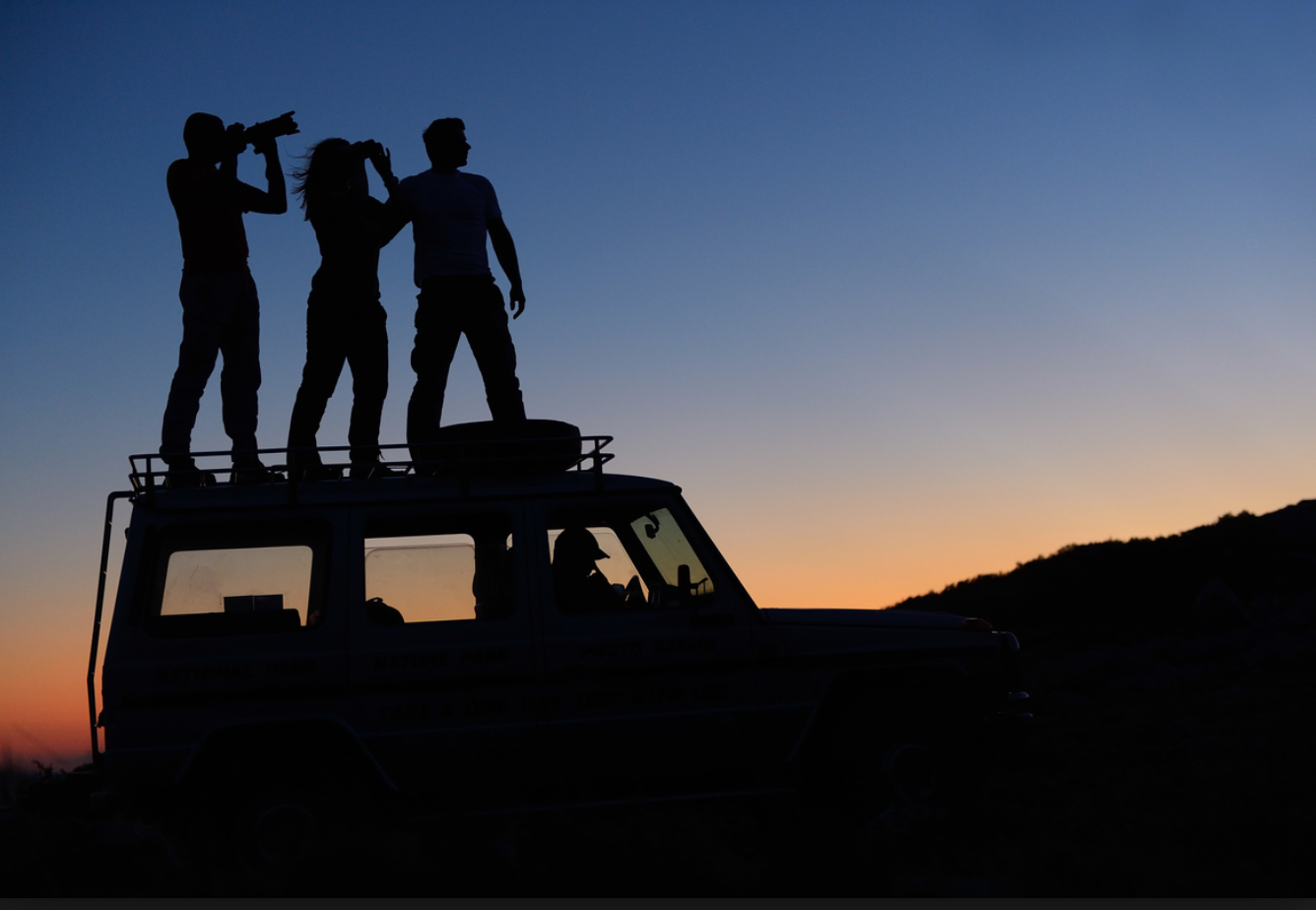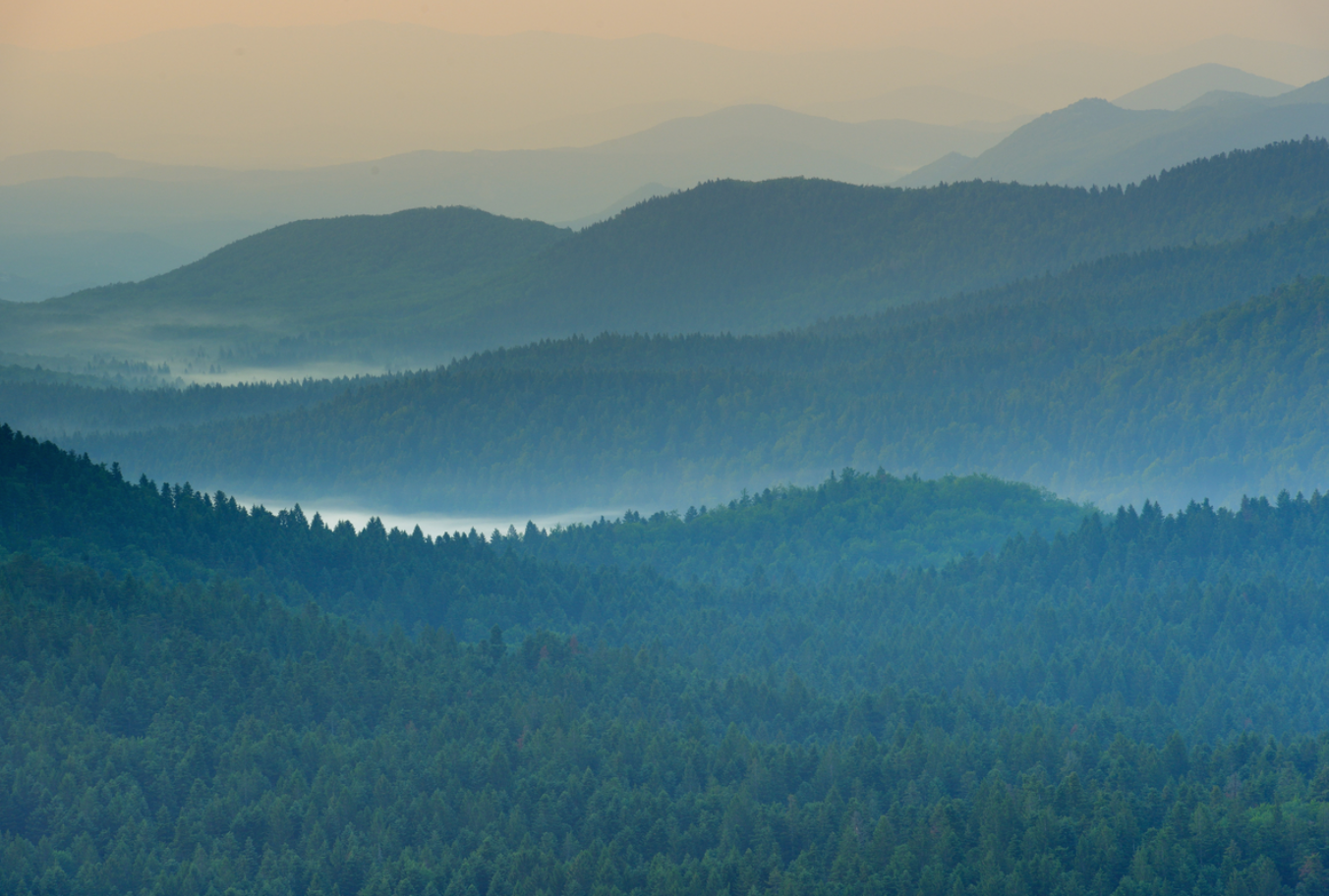 „Let’s make Europe even wilder together!“ is the motto of Simon Collier representing the European Safari Company. They support and connect locally based partners with unique experiences to the traveler. The European Safari Company hand picks untouched nature based experiences. Simon believes every trip you take has a direct impact on the area, the conservation efforts and the people that you meet. From this experience he draws a line in the following interview with Peter Prokosch to the mission of Linking Tourism & Conservation:
„Let’s make Europe even wilder together!“ is the motto of Simon Collier representing the European Safari Company. They support and connect locally based partners with unique experiences to the traveler. The European Safari Company hand picks untouched nature based experiences. Simon believes every trip you take has a direct impact on the area, the conservation efforts and the people that you meet. From this experience he draws a line in the following interview with Peter Prokosch to the mission of Linking Tourism & Conservation:
Simon, you just joined LT&C as a new member. What made you interested in our organization?
Showcasing key examples of tourism and conservation success stories is a tangible way to demonstrate how tourism enterprise and development have a positive alternative form of land use in general. Not only land use, but social impact of communities is a critical point which needs careful consideration in nature conservation going forward. LT&C is bringing likeminded people from a variety of sectors together and creating opportunities to network, learn and engage.
 What has European Safari Company in common with LT&C and what could we learn from your experience?
What has European Safari Company in common with LT&C and what could we learn from your experience?
As a new style tourism and conservation organisation we aim to demonstrate some critical
examples of direct impact of tourism – for the better! Conservation needs a business model and tourism has a significant role to play in this but this needs to have a dual impact – for people & nature. The European landscape has scattered rural communities, abandon lands and untapped nature; the ESC is bringing all of these into single experiences and highlighting direct social benefits, economic support and driving local conservation agendas. As a key lesson, accepting that conservation needs an economic model attached to it that isn’t dependant on governmental or NGO support.
LT&C is profiling cases (“LT&C-Examples”), where tourism is supporting the establishment or development of protected areas. Real impact LT&C achieves, if such good examples are growing. What are your ideas for creating incentives that LT&C-Examples are getting learned from and replicated?
 Working models or examples of tourism / conservation success is only the opening conversation to get people to entertain the notion of a working conservation model or alternative low impact land use model. As brutal as it sounds, changing mind-sets is normally very difficult unless you impact people’s pockets – leading examples and ‘early adopter’ incentives can help get the ball rolling. Furthermore, market place support, training and assisted development is not only essential to the process but will also set the standards. At the end of the day, we need local communities to not only see the benefit of nature but also benefit from it, and therefore become the long term custodians and business partners with nature / nature protection. Nature based businesses have a greater impact on local economics than direct support, as each guest can have impact on several low level businesses in the area…the local cheese farm, honey producer or even the corner grocer. What is key, is creating a brand value attached to this support and forging relationships which are all tied to conservation.
Working models or examples of tourism / conservation success is only the opening conversation to get people to entertain the notion of a working conservation model or alternative low impact land use model. As brutal as it sounds, changing mind-sets is normally very difficult unless you impact people’s pockets – leading examples and ‘early adopter’ incentives can help get the ball rolling. Furthermore, market place support, training and assisted development is not only essential to the process but will also set the standards. At the end of the day, we need local communities to not only see the benefit of nature but also benefit from it, and therefore become the long term custodians and business partners with nature / nature protection. Nature based businesses have a greater impact on local economics than direct support, as each guest can have impact on several low level businesses in the area…the local cheese farm, honey producer or even the corner grocer. What is key, is creating a brand value attached to this support and forging relationships which are all tied to conservation.
Do you have any thoughts for the future perspectives and development of LT&C?
LT&C Penguins are essential as they allow a formidable unified base across the boundaries of the world, its policies and cultural differences – but they need to access their own networks to allow for more efficient growth of the initiative, scalability is key at this point.
Engaging the traveling public will help grow the value of the LT&C brand – where travellers can select destinations or offerings on the basis of their sustainability, conservation ethic and impact model.
LT&C could become the hour glass model – being the key point in the middle between the
networks of conservation minded organisations and the available traveling public looking to make a difference.
It’s a great initiative with huge potential – keep it up!!



